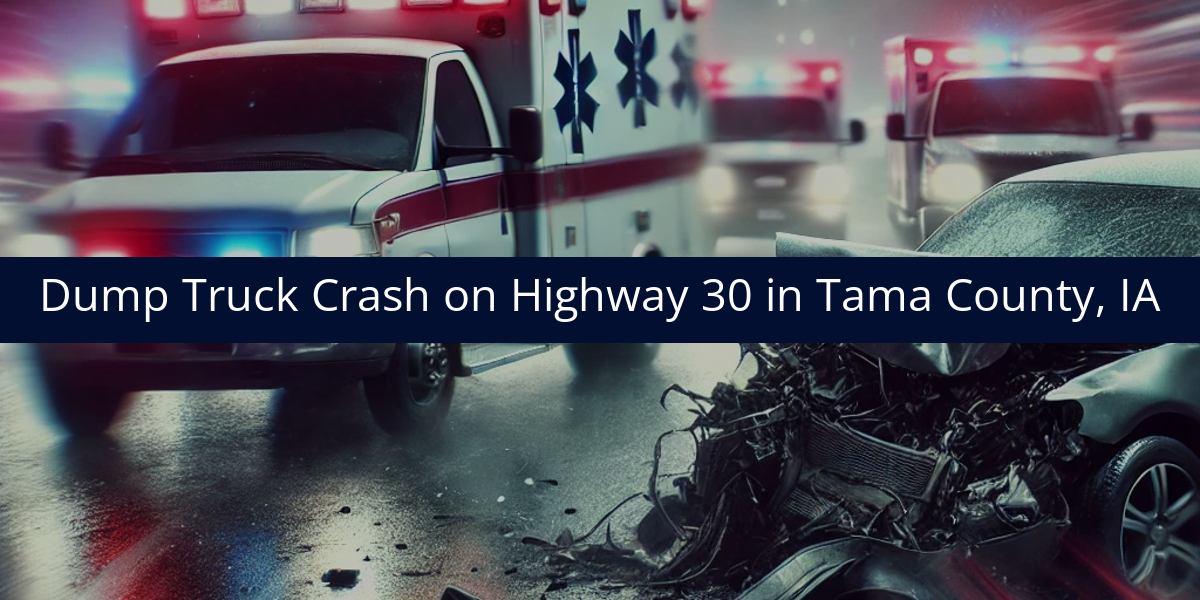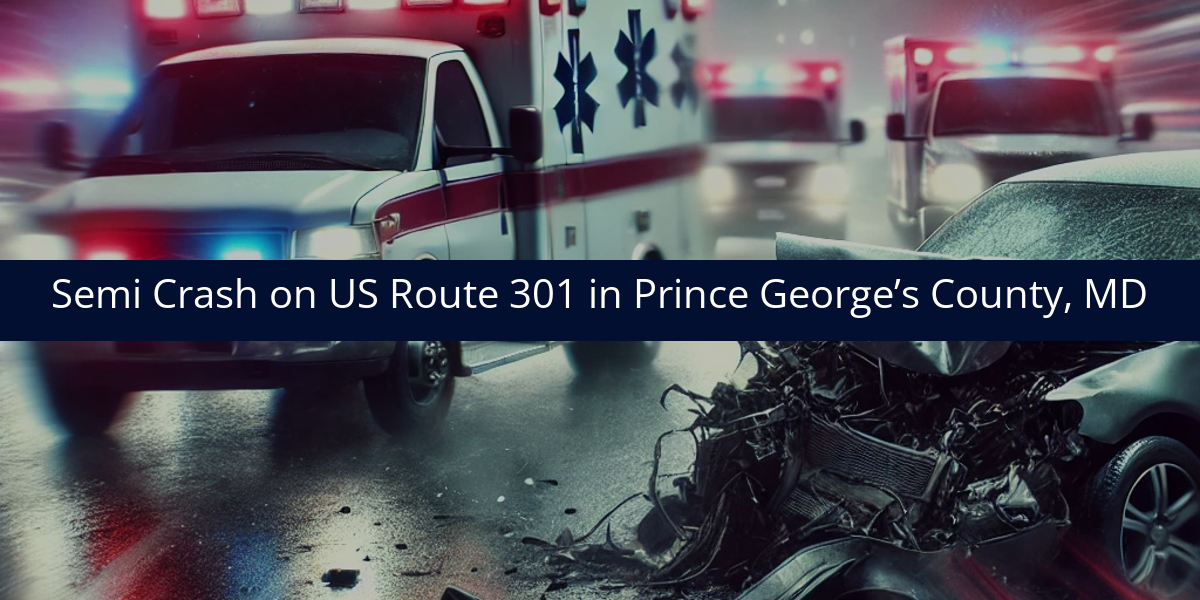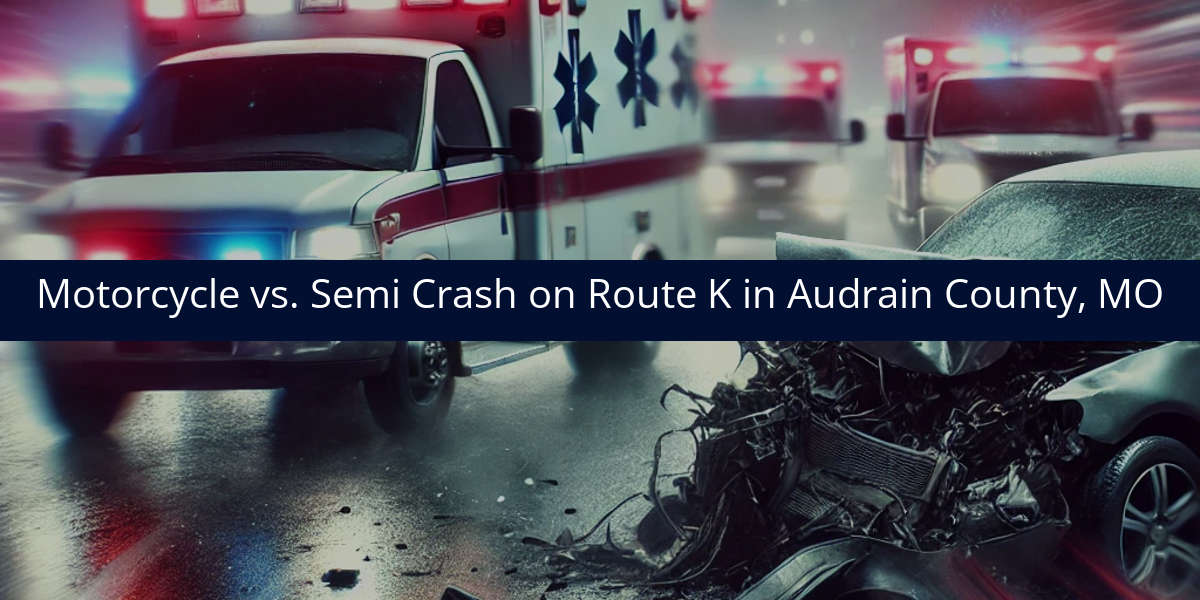Officials in Maryland reported that two people, including a child, were hospitalized Friday morning following a crash involving an 18-wheeler and a passenger vehicle on northbound US Route 301 near Queen Anne Road. According to authorities, troopers responded to the scene around 8:16 a.m. The driver of the car was airlifted to a trauma center while a child passenger was transported by ambulance to a nearby hospital. The cause of the crash remains under investigation.
When a collision involves an 18-wheeler and a passenger vehicle, investigators focus on the truck’s operation leading up to impact, particularly speed, following distance, and driver reaction. Understanding how the tractor-trailer and car came into contact will be central to determining fault.
What Investigators Will Work to Determine
Investigators will begin by reconstructing how the vehicles approached one another in traffic. They will review Engine Control Module (ECM) data from the 18-wheeler to determine speed, throttle position, and braking input in the seconds before the collision. This data will help clarify whether the truck driver had sufficient time to react to the vehicle ahead or if delayed perception played a role.
Authorities will also examine the driver’s electronic logging device (ELD) records and hours-of-service compliance to confirm whether fatigue or overwork could have impaired response time. Cell phone and dispatch data may also be reviewed to determine whether distraction was a factor.
Inspecting Vehicle Condition and Maintenance
Mechanical inspection of the 18-wheeler will focus on the braking system, tires, and steering components to ensure the truck was in proper working condition. Investigators will review the carrier’s maintenance logs and inspection reports to verify that all safety checks were completed as required under federal regulations.
If the truck was hauling a loaded trailer, cargo balance and weight distribution will also be examined. An unbalanced or overweight load can reduce braking efficiency and stability, increasing the risk of collision when sudden stops occur in traffic.
What Kinds of Evidence Should Be Analyzed?
In addition to ECM data, investigators will analyze roadway evidence such as skid marks, debris location, and final vehicle positions to reconstruct how the crash occurred. Traffic camera or dashcam footage, if available, could show whether the passenger vehicle slowed, changed lanes, or was struck from behind. Witness statements will help corroborate timing and driver behavior on both sides.
Why a Full Investigation Is Important
When an 18-wheeler collides with a smaller vehicle, the outcome is often severe due to the truck’s size and weight. Determining whether the commercial driver acted appropriately, and whether equipment or oversight failures contributed, is an essential step in determining accountability.











